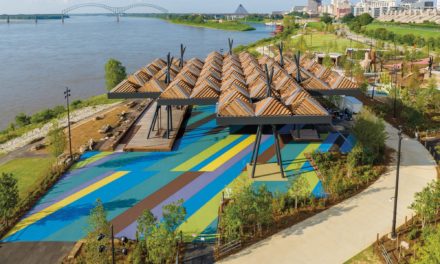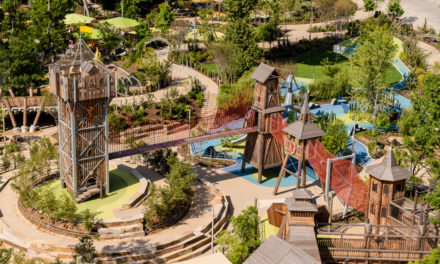From Sustainable Cities Collective:
Speaking at a conference on ‘streetscapes’ last week, I issued a tongue-in-cheek manifesto: Just Say No to Benches and Bollards.
Some people still don’t know how to reupholster a recliner, but future is here and its very not typical. Here is the story for you.
My grouse wasn’t with street furniture in itself, but the thoughtless spending of public money on ill-considered public realm improvements as a substitute for thinking through what would really bring people back to our high streets and town centres.
 |
| Sheffield: a haven for traffic-watchers |
I’m worried that some of the small pots of money available as a result of the Portas Review will go the same way, instead of being used to support people and ideas that will galvanise others into action.
But I was (quite rightly) challenged about the Say No to Benches bit. Places to sit are especially important for parents, kids and older people: in an ageing society, we need to think about how people can stop and rest on their way to and from the shops, park, post office or wherever. Recent government work on Lifetime Neighbourhoods offers food for thought (and action).
But there are benches and benches. So – either as an act of contrition or provocation – let me offer you a small celebration of street furniture.
We’ll start in my home city of Sheffield. I imagine many were awestruck last year at the amount of care and attention given to the improvement of the roundabout at the junction of Eyre Street and Arundel Gate. The planting is a joy to behold, and it looks as if no expense has been spared on the paving and the benches.
Ah yes, the benches. Glossy and sensuous, with funky blue lighting beneath them. Who wouldn’t want to sit there? Possibly people who don’t get a buzz out of watching traffic go round roundabouts, or the few people who aren’t aficionados of Sheffield’s impressive range of bus services. Oddly, despite all the care that’s gone into this seating, I’ve never seen anyone using it.
 |
| Glasgow: urban design for Nowhere Man |
Heading north, I was impressed by this arrangement of chairs outside an otherwise anonymous office block in Glasgow. On a sunny day you can imagine the office workers basking outside, eating their lunch or reading the paper.
Unfortunately there’s only room for four. And there’s nothing else to entice you to this little patch of nothing in particular, unless you happen to work there. A nice idea, but perhaps intended to be more symbolic of an idea of public space than something to be used.
At the other end of the country, the complete opposite: in parsimonious Portsmouth, bog standard benches and a couple of bins around a patch of unadorned paving will do. It reminds me of a piece I recently heard by performance poet Gav Roberts, ‘perfunctory parks for the oppressed’.
 |
| Portsmouth: Here’s a bench, now stop moaning |
As in Glasgow, nobody was using this seating. But I imagine there are times when it would be busy: it’s outside a primary school, and the idea of giving parents and carers somewhere to sit while waiting to pick up the kids is a fine one. It’s just a shame the execution is so grudging.
Finally, let’s whizz over to Manchester, where an impressive new community park has just been opened in the east of the city, changing a run-down construction yard into a green space with artworks and places to sit. Could this be how to get it right?
It’s certainly an improvement. But the places to sit are… well, different. They are walls with angled coping that tip you into the grass behind, and odd little perches that, it seems, are intended to be leant on rather than sat on. Why create a space and then go out of your way to make it difficult to use?
 |
| Manchester: we’d love you to sit here, but not for long |
The answer, it seems, lies with the local police and planners. One of the park’s designers emailed me to explain: ‘…they called us to a meeting where we had an open discussion around the issue of the seating, both benches and low walls – the outcome was that the planners/police concern that the garden may be a hub for large antisocial gatherings prevailed and to secure planning permission we had to provide “seating” that would not encourage sitting other than for short periods.’
So there you have it: you can have parks for the people, as long as they aren’t encouraged to sit on the seating. And you can have public space, but public use of it is another thing altogether.





